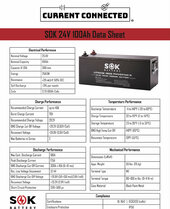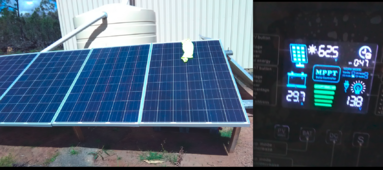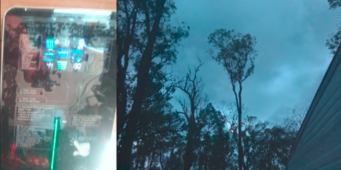Hello,
Would this system work for my van (hightop econoline)?
2-SOK 24 volt, 100 AH batteries
rec charge- 20 amp
max charge -70 amp
rec charge- 28.8v-29.2v
3-200 watt, 24 volt solar panels (newpowa) (600 watts total)
pmax 37.2 volts
vmp 5.38 amps
1-Ep Ever MPPT
at 24 volts, rated charge 40a
rated load. 20a
max pv open 138 volts
max pv input 1040 watts
1-Lvyuan 24 volt 4000 w inverter
50 amp fuse from battery to solar charger.
300 amp fuse from battery to inverter
The solar panels would be hooked in parallel.
I think everything will work but I'm not sure about the 300 amp fuse, Should it be 200 amp since the max battery discharge is 200 amps?
I thought of getting an EG4, 24 volt 100 AH battery instead of the SOK because they have a sale right now.
Thank you!
Would this system work for my van (hightop econoline)?
2-SOK 24 volt, 100 AH batteries
rec charge- 20 amp
max charge -70 amp
rec charge- 28.8v-29.2v
3-200 watt, 24 volt solar panels (newpowa) (600 watts total)
pmax 37.2 volts
vmp 5.38 amps
1-Ep Ever MPPT
at 24 volts, rated charge 40a
rated load. 20a
max pv open 138 volts
max pv input 1040 watts
1-Lvyuan 24 volt 4000 w inverter
50 amp fuse from battery to solar charger.
300 amp fuse from battery to inverter
The solar panels would be hooked in parallel.
I think everything will work but I'm not sure about the 300 amp fuse, Should it be 200 amp since the max battery discharge is 200 amps?
I thought of getting an EG4, 24 volt 100 AH battery instead of the SOK because they have a sale right now.
Thank you!








